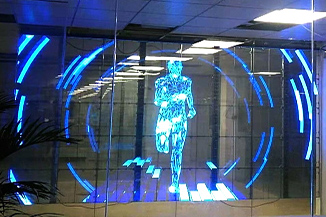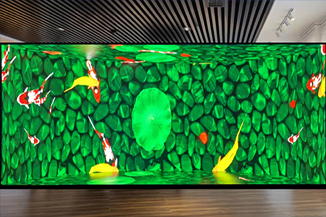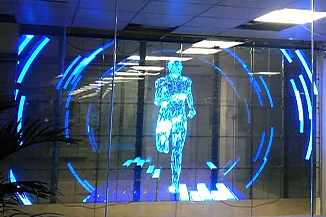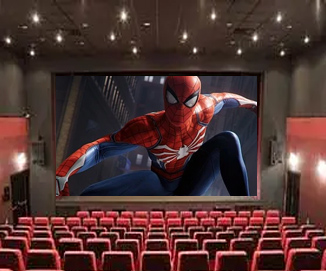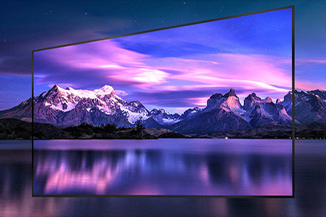Publisher: Supplier of LED Display Time: 2022-01-14 14:57 Views: 1981
1. The zero line current of the led display screen is too large (the zero line current is 1.6~2.4 times);
2. The cable noise of the LED display screen is large, the zero line is seriously heated, and the zero line electrical fire hazard is obvious;
3. LED display tripped (leak switch or circuit breaker).
The zero line current of the LED display is larger than the phase line current.
The three-phase current is balanced, the three-phase current vector angle differs by 120 degrees, the three phases can cancel each other, and the zero line current is zero.
LED display provides power for switching power supply. Switching machines generate a large amount of third harmonic current (third harmonic current) in the power grid. The third harmonic current is the zero-sequence current, and the three-phase vector angles are the same, so the third harmonic current is superimposed on the zero line.
Under normal circumstances, the third harmonic current content of the switching power supply is 55%~80%, which will cause some strange phenomena on the LED display: the phase line current is much smaller than the sum of the phase line current/neutral line current.
LED display special zero-sequence filter (ZSFGD series) is another masterpiece of Lido Electric's ten-year zero-line current processing experience and breakthrough in foreign technology. This product best solves the zero-line current problem caused by the LED display. The zero-sequence filter is connected in parallel with the LED display. The zero-sequence filter will generate zero-sequence flux after passing through the third harmonic current. After measurement and calculation, the magnetic flux of the same size/direction will be generated inside the device, so the third harmonic current can be filtered out and the neutral current can be eliminated.
What are the advantages of a neutral overcurrent filter?
1. Reduce the zero line current of the LED display screen by more than 90%;
2. Avoid the heating of cables and wires, reduce losses, and save 3% to 8% of electricity bills as a whole;
3. Prevent the insulation zero line from aging and cause short circuit in electrical fire.
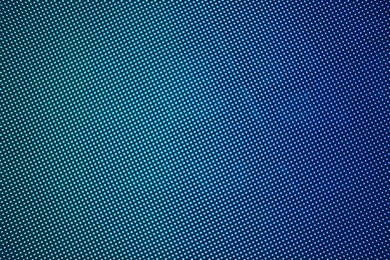
Product characteristics of neutral line overcurrent filter
When buying LED online brands, in addition to the power supply current, other factors need to be considered, especially in the outdoor LED large screen environment, where the quality requirements are high, and there are many factors to consider.
1. From the perspective of the application of LED large screen, LED large screen full color screen is the mainstream in the future. Because of the high brightness and full color, it can work all day, but the price is high.
2. From an application point of view, there is a reason for a product that meets user needs. Due to its cheap price, maturity and stability, the dual-primary color display has a large market in terms of no blue characters and color display.
3. The direction and distance of the outdoor screen play a decisive role in the price. The farther away, the larger the pixel and the brighter it is. Displays in the northeast are much less expensive than those in the southwest.
4. The joint between the screen and the building must be strictly waterproof and leak-proof. The filter should adopt good drainage measures, and once there is accumulated water, it can be discharged smoothly.
5. Install lightning protection devices on LED displays and buildings. The display body and the casing are well grounded, the grounding resistance is less than 3, and the large current caused by lightning can be discharged in time.
6. Install ventilation equipment for cooling to ensure that the internal temperature of the screen is between -10-40. A fan can also be installed at the rear of the screen to dissipate heat.
7. Select an industrial-grade integrated circuit chip with a working temperature of -40-80 to prevent the screen from not starting when the temperature is too low in winter.
